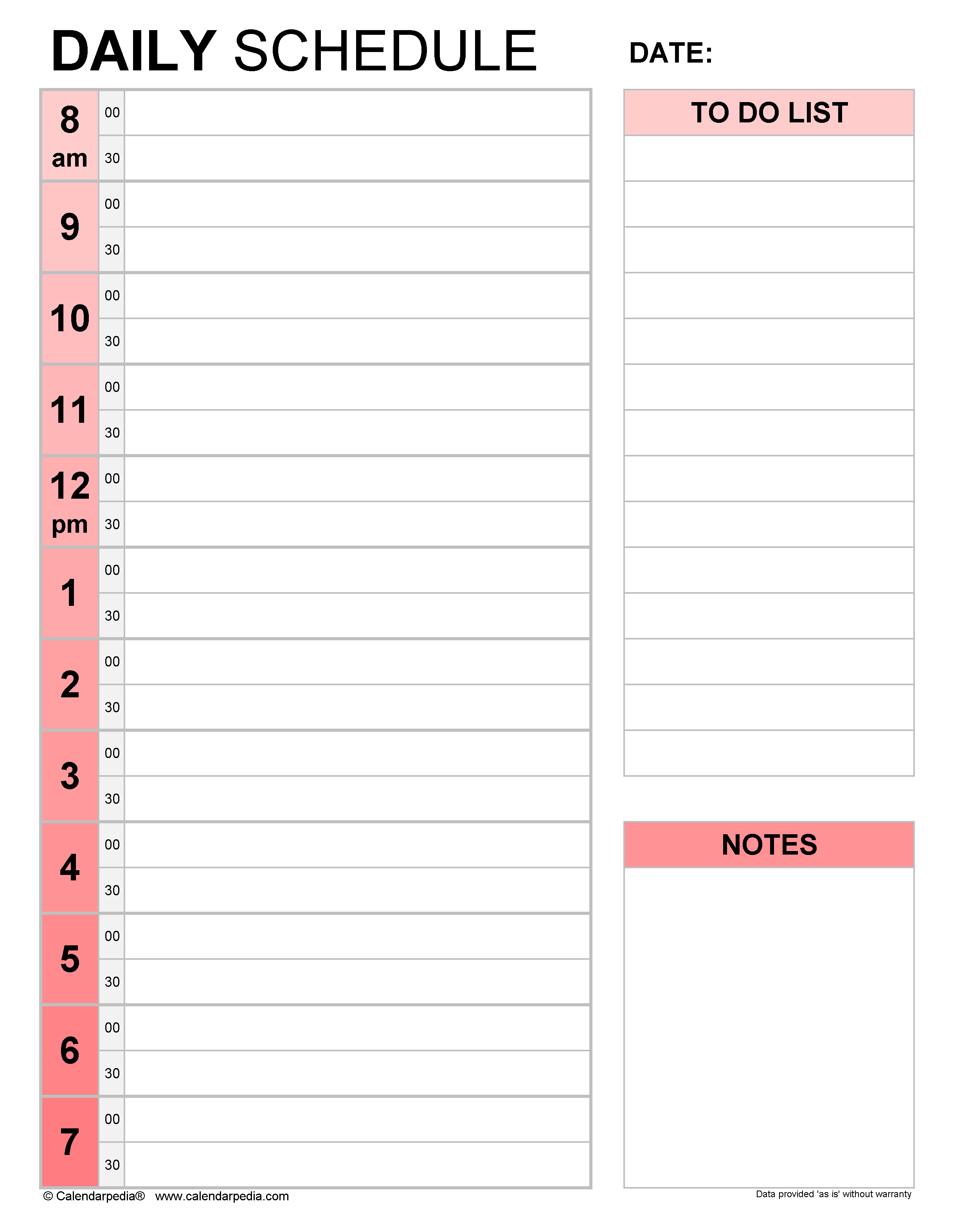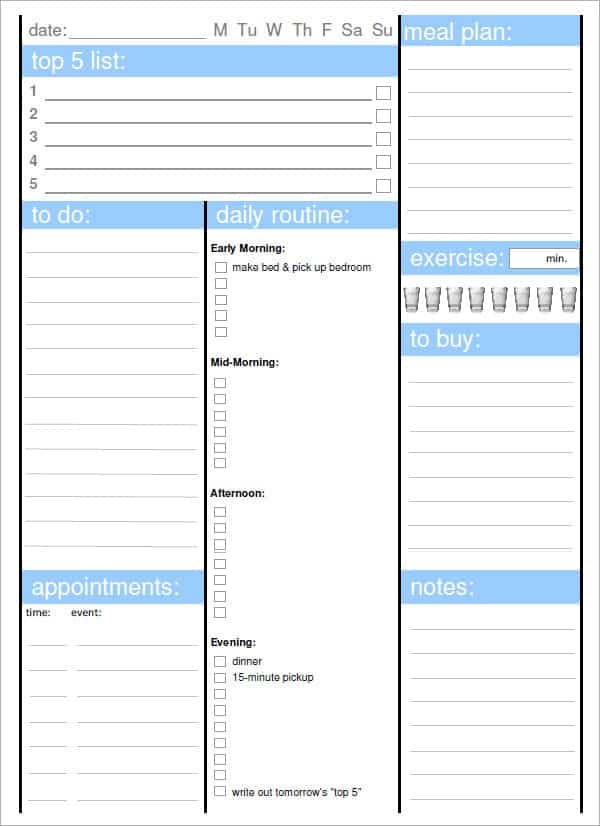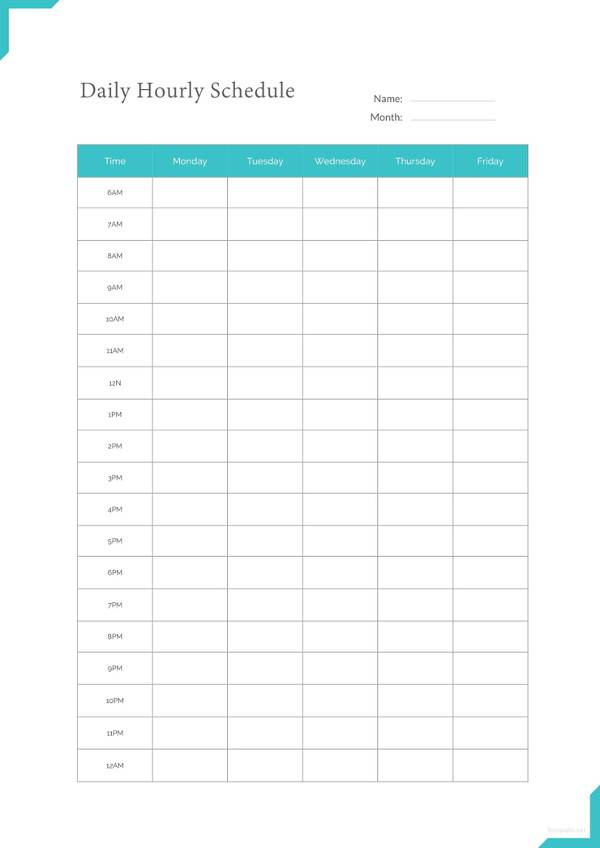

It’s a great time to do things that need to be done but aren’t a core part of your work. Trying to stay focused on important tasks during your trough time is a recipe for frustration and will only deepen your mental fatigue. Morning larks might call this the afternoon slump. You find yourself staring at your computer screen for minutes on end without actually getting anything done. You feel mentally and/or physically tired and unfocused. Trough time is when your energy is the lowest. As much as possible, protect your peak time for high impact tasks and deep work that requires a large amount of focus. If you’re a writer, it’s the best time to sit down to write or edit your work.ĭon’t let mundane tasks sneak into your peak time. If you’re a programmer, work through a complex coding challenge that requires concentration. This is when you’ll perform best on analytical work that requires focus and vigilance. Peak time is when your energy and focus are at their highest. Pink refers to these stages of the day as peak, trough, and rebound, and they’re fundamental to optimizing your daily schedule for maximum productivity. Graphic from When: The Scientific Secrets of Perfect Timing Third birds experience the same energy pattern as morning larks, just shifted back 1-3 hours. They experience the same pattern but in reverse and shifted later in the day: Energy and mood tend to be moderately high in the early afternoon, low in the early evening, and highest in the late evening and into the early morning. The other twenty percent of people are night owls. Those people are called morning larks or third birds. Time of the dayĮighty percent of the population experiences a common pattern of energy and mood fluctuations throughout the day: Energy and mood tend to rise in the morning, go down in the afternoon, and rise again slightly in the late afternoon or evening. His book covers the ideal timing for a variety of life events from getting a colonoscopy to getting married, but there are two main topics relevant to optimizing your daily schedule for greater productivity: Time of the day and taking breaks. All else being equal, you’ll perform 20% worse on a task in the afternoon than you will on the same exact task in the morning (unless you’re a night owl-more on that later).Īs Pink puts it, “Timing isn’t everything, but it’s a big thing.”

So what does that have to do with your quest to craft the perfect daily schedule? Studies suggest that the time of day you choose to do a task accounts for 20% of the variance in performance.

Reading Daniel Pink’s book, When: The Scientific Secrets of Perfect Timing, was one of those eureka moments. Most tweaks are small, incremental improvements to my day, but every once in a while I learn something that completely upends the way I approach my daily schedule. It’s a bit of a hobby of mine to gather data about my productivity in order to track progress, spot patterns, and uncover areas for improvement. I’ve always been a productivity optimizer.


 0 kommentar(er)
0 kommentar(er)
